I am developing an application which opens and reads an XML document previously embedded in a PowerPoint presentation, or a Word document. In order to read this object (xmlFile as Object) I have to do:
xmlFile.OLEFormat.DoVerb 1
This opens the package object, and I have another subroutine that gets the open instance of Notepad.exe, and reads its contents in to ADODB stream.
An example of this procedure is available on Google Docs:
During this process there is a few seconds window where the Notepad.exe gains focus, and an inadvertent keystroke may cause undesired results or error reading the XML data.
I am looking for one of two things:
- Either a method to prevent the user from inadvertently inputting (via keyboard/mouse/etc) while this operation is being performed. Preferably something that does not take control of the user's machine like
MouseKeyboardTestsubroutine, below. Or, - A better method of extracting the XML data into a string variable.
For #1: this is the function that I found, which I am leery of using. I am wary of taking this sort of control of the users system. ##Are there any other methods that I might use?##
Private Declare Function BlockInput Lib "USER32.dll" (ByVal fBlockIt As Long) As Long
Private Declare Sub Sleep Lib "kernel32" (ByVal dwMilliseconds As Long)
Sub MouseKeyboardTest() 'both keyboard and mouse blocked
BlockInput True ' Turns off Keyboard and Mouse
' Routine goes here
Sleep 5000 ' Optional coding
BlockInput False ' Turns on Keyboard and Mouse
End Sub
For #2: Some background, but the issue seems to be the inability to extract the embedded object reliably using any method other than DoVerb 1. Since I am dealing with an unsaved document in an application (Notepad) that is immune to my VBA skillz, this seems to be the only way to do this. Full background on that, here:
